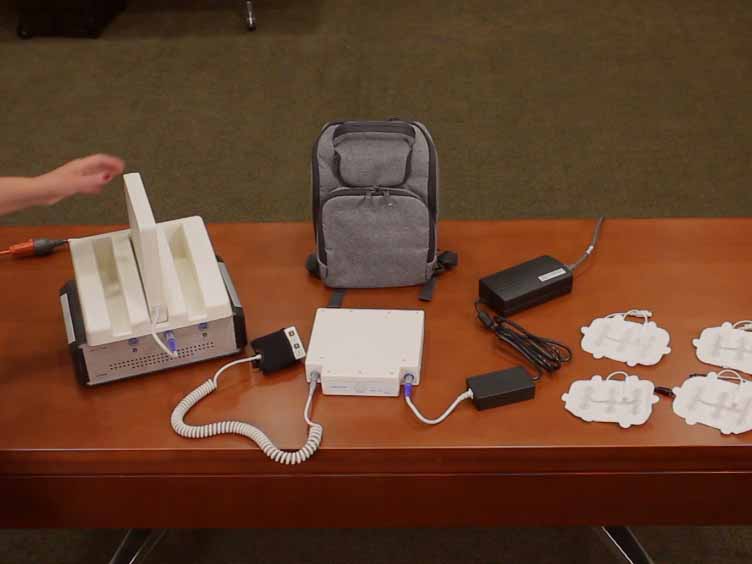Determining Optimal Inhibitory Tumor Treating Field Frequency for Cancer Cells: A Non-invasive In Vitro Method to Assess the Effect of TTFields on Cancer Cell Viability
내레이션 대본
Tumor Treating Fields, or TTFields, use alternating electric fields to disrupt cancer cell proliferation. To study the effect of TTFields on cancerous cells in vitro, begin by assembling TTFields compatible dishes over a base plate. A pair of electrodes positioned on the dish walls helps deliver electric fields internally.
Place a glass coverslip inside the assembled dish. Seed a drop of cancer cell suspension onto the coverslip. Incubate to allow the cells to settle and adhere to the coverslip surface. Discard the spent media. Supplement it with a fresh growth media to support the growth and expansion of cancer cells.
Transfer the assembly to a refrigerated environment to compensate for dish heating during electric field application. Next, connect the assembly to a power supply. Subject the cells to an appropriate electric field for the desired duration.
Within rapidly dividing cells, the applied field causes charged molecules like tubulin dimers and septins to forcefully align in its direction. This mechanism interferes with key mitotic events like microtubule polymerization and septin fiber localization. The resulting mitotic arrest triggers apoptosis leading to tumor cell death.



